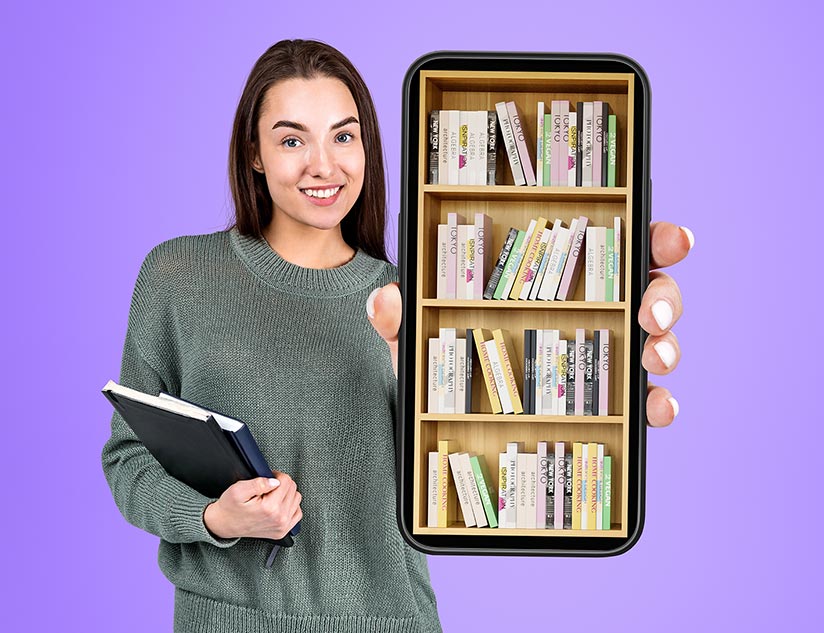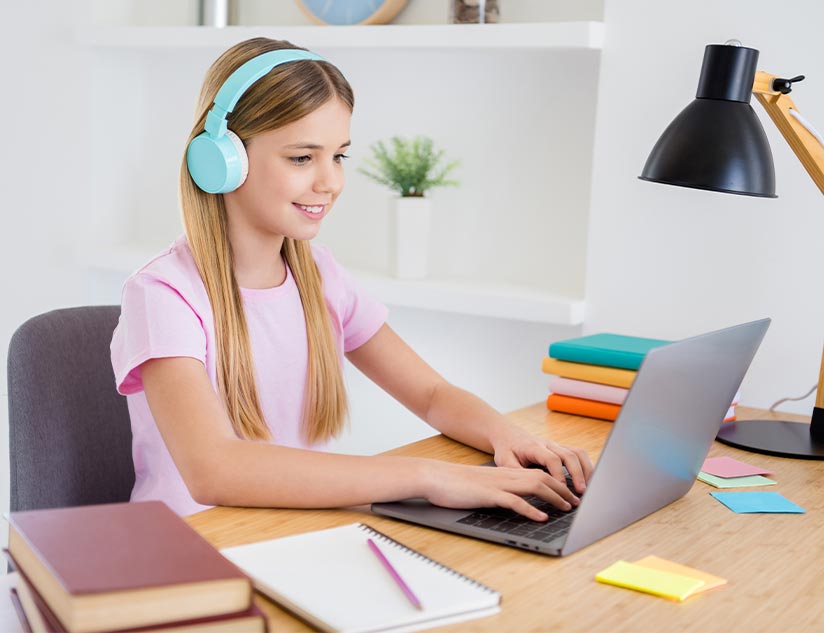Post-COVID-19: How Education Delivery Will Move to Online
May 26th, 2020
As we have learned from the past pandemics, closing down of schools can be an effective strategy against limiting the spread of diseases. During the 1918 Spanish Flu pandemic, schools across America and Australia were closed. It is believed that these measures brought down the total mortality by around 10% to 30%. It also reduced the peak mortality by an estimated 50% in certain cities.
Similar results were seen in the case of the 2009 H1N1 pandemic. Gradual closure of schools led to a reduction of cases by around 20% to 25%. The weekly increase of this influenza-like illness was also reduced by 50% to 55%. But in both these cases, schools were closed for several weeks and even months in certain areas.
EdTech in the Times of Coronavirus
Although the closure of schools is a necessary step to deal with pandemics, it usually comes at the cost of the loss of valuable education to students. Fortunately, EdTech has come to the rescue during the 2019 coronavirus pandemic. The use of digital and online learning options has seen such a huge surge during the COVID-19 lockdowns that the value of the top 3 EdTech companies in China saw an increase of $3.2 billion in revenue since the outbreak. In fact, the Global E-Learning Market Report predicts that the eLearning segment would grow at a CAGR of 14% between 2020 and 2025.
Digital learning has allowed schools and teachers to create virtual classrooms and continue with education despite school closures. These EdTech solutions are not just simple video conferencing applications. They allow live online classes, the creation of customized online courses, and personalized learning ensuring students are well engaged while they are away from classroom learning.
Plus, they fulfill other academic needs of teachers and students, such as assignments and assessments. Moreover, EdTech ensures that student data remains completely secure, in compliance with FERPA and COPPA.
EdTech Beyond the Pandemic
EdTech has proven its benefits for schools, educators and students, especially during the COVID-19 lockdowns, offering rich features to ease the entire process of delivering and gaining education. This experience of digital learning might become the driving force in making ed-tech a permanent part of education delivery in the future. Some of the benefits of digital learning that can prove to be beneficial for educational institutions beyond the current pandemic are:
1. Interactive Learning
The use of advanced learning platforms, such as MagicBox™, enables educational institutions to make learning much more fun and engaging, with the help of interactive and gaming elements. It is no secret that most students lose interest in just plain text-based learning. But with the ability to integrate audio, video, infographics, quizzes, and games into the learning content, education becomes much more immersive.
The use of such features not only makes learning fun for students but easier as well. It has been found that for 67% of the students, gaming elements make learning much more motivating.
These features also allow teachers to take advantage of microlearning, where small, easily digestible chunks of information can help introduce concepts, summarize learning and more. These 3 to 5-minute-long pieces of content have been found to make information easier to understand and retain.
2. Personalized Learning
The one size fits all model has been known to be inefficient for education. But most educational institutions have found it difficult to personalize learning according to the varying needs of each student. With the help of advanced learning platforms that come with rich EdTech features, such as MagicBox™, provide the solution to this problem.
With MagicBox™, teachers can get detailed analytics about the learning behavior and habits of students. This helps teachers in creating learning paths that are customized according to the particular needs of each student. Plus, students can choose their own pace of learning and style, while accessing learning on the device of their choice.
For instance, the online/offline eReader on MagicBox™ features a chat facility for collaboration, contextual search, annotations, read-aloud, and accessible navigation for a more personalized learning experience.
Creating a customized curriculum is simple with the content tag manager. Developing learning paths that tie back to the skills, learning objectives, and outcomes also become easy with the built-in course authoring tool.
3. Accessible Learning
EdTech can help learning become more accessible not just during the pandemic, but beyond it as well. MagicBox™ provides text to speech features for visually impaired students. This ensures that these students can learn at the same pace as their peers. The platform also offers font choices, emboldening, patterns opacity and textures to ensure that all users can benefit from the educational content, regardless of their disability. Also, MagicBox™ allows you to easily include audio descriptions and subtitles for students with hearing impairment.
4. Assessments
MagicBox™ has been designed with continuous feedback loops, and provides detailed analytics on student progress and performance. The advanced digital platform supports online instruction and virtual classroom sessions, in an easy-to-use, secure environment, that meets all learning technology standards and compliances.
The platform allows teachers to grade students remotely and provide personalized and detailed assessments. In addition, video assessments can be used to check for skill and knowledge levels of each student. Through customization options, assessments can be personalized to help students identify their strong and weak areas, so that they know where they need to improve. Plus, these assessments offer instant feedback, making them more effective. Such assessments also help teachers offer personalized support, whenever required.
Standard and Adaptive assessments, including state standards aligned tests, can be created using over 10 different question types, featured on the MagicBox™ assessment engine. Also, since it is QTI compliant, tests can be exported from external assessment engines and uploaded directly onto the platform.
The coronavirus pandemic may change the educational sector forever. And EdTech is bound to be at the center of this new order. Keeping this in mind, the team at MagicBox™ is constantly enhancing the platform with new features and integrations that respond to the ever-changing learning methods and education landscape.
Most feature updates for K-12 and higher education are rolled out automatically to existing users, so that teachers and students have the latest technology that a platform like MagicBox™ can provide, to ensure better learning outcomes.
If you are ready to move into the future of education, get MagicBox™. Contact us to know more.














